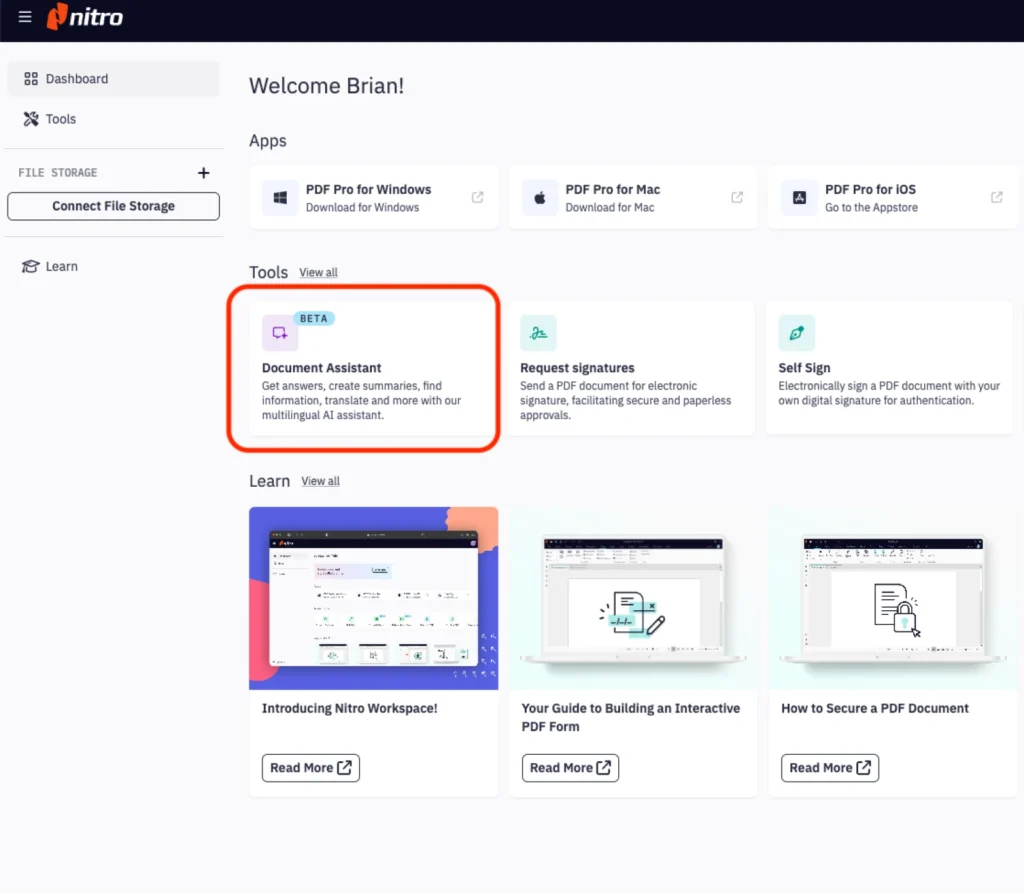The race to digitally transform is more intense than ever for manufacturers. Companies are embracing new technologies to rapidly evolve their business models and operations to drive revenue and competitive advantage. A new InfoBrief from IDC, Digital Transformation in Manufacturing, shows that manufacturing is at the heart of digital transformation’s perfect storm, and outlines how manufacturers are using advanced enterprise information management (EIM) to create tomorrow’s intelligent and connected operations.
As manufacturers adopt more disruptive technologies – cloud, mobile, the Internet of Things – the focus is moving from business applications to the data that fuels them. Turning this data into valuable information is the key to success. To remain competitive, companies need to pursue an integrated approach to information management.
Factors driving digital transformation in manufacturing
An IDC survey included within the InfoBrief indicates that manufacturers are beginning to understand this shift towards data-driven business. The survey shows that respondents were seeking to leverage operational and transactional data – combined with advanced analytics – to optimize key business applications. Unsurprisingly, ERP was the primary applications (59%) with Manufacturing Execution Systems (39%), Supply Chain Management (38%) and Product Lifecycle Management (36%) also popular.
Achieving this application optimization requires an enterprise view of all structured and unstructured data across the organization and often beyond. IDC refers to this as the need for a unified data platform that allows information to be effectively captured, managed and shared.
The analyst firm says: “To be effective, information has to flow in many directions: top-down, bottom-up, from inside out and outside in, between employees… business departments and across the business network. Companies must integrate data analytics, transactional content and content-related services, and provide strong reporting on activities such as content created and received via easily-accessible dashboards”.
It’s clear that what IDC is describing is the role of an EIM platform in facilitating digital transformation in manufacturing. Yet, when asked, survey respondents admitted that progress towards a unified data platform has been slow. Today, less than one third of organizations have a data platform that connects the enterprise and just over 10% had a platform that connects to suppliers and customers.
IDC believes that this is set to change quickly as manufacturers continue to digitally transform – especially in areas such as the intelligent and connected factory and supply chain.
“Enabling a unified data platform is central to empowering business to work smarter with information to improve productivity, completeness and customer experience, driven by better business insight,” notes the firm.
Towards the intelligent and connected factory
Factories are becoming as automated as possible, freeing people to focus on innovation and business re-invention. Effective automation requires a continual blurring of the lines between information technology (IT) and operational technology (OT). For IDC, the connection between factory technology and enterprise systems is based around an IoT layer that dismantles the traditional organizational boundaries that have OT and IT as separated domains.
Smooth and seamless information flows are essential. IDC notes: “The information itself — not the business applications such as ERP/PLM/MES — moves to center stage”.
“EIM will be the facilitator that eases the exchange of information transparently across organizational boundaries. EIM acts as the information highway assisting the transmission of data between OT and IT for better business outcomes,” the firm continues.
Creating the intelligent and connected supply chain
The traditional linear model of the supply chain is disappearing, replaced by a digital ecosystem that fosters collaboration and innovation. At the heart of this ecosystem is the ability to securely share and exploit information between partners, suppliers and customers. The unified data platform must move beyond the factory walls to encompass everyone involved in these extended supply ecosystems.
IDC states: “Digital transformation requires not just integrated processes in a factory, but a tight coupling between suppliers, customers and the manufacturing organization to give greater closeness to the customers and better control over WIP and raw materials; however, the expectations will be towards greater flexibility and agility in the ecosystem”.
Again, an EIM platform is the foundation upon which the movement of information from the factory to the supply chain is built. IDC believes the core capabilities of EIM – content management, process management, transaction management and advanced analytics – are essential for manufacturers to transition from traditional processes to intelligent and connected business operations.
Find out more about the factors driving digital transformation in manufacturing by downloading your copy of Digital Transformation in Manufacturing. If you’d like to find out more about how OpenText™ can help you create a unified data platform through EIM, please email me.

